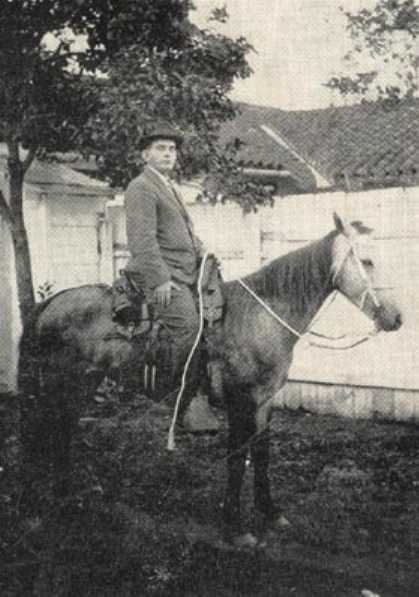4.2.3 The narrative work of Miguel de Carrión (1875 – 1929)

Although he was best known as a novelist, especially for his works “Las Honradas” and “Las Impuras”, Miguel de Carrión also had a narrative career, which began with the publication of “La última voluntad” (The Last Will) in 1903. This text is also made up of the pieces “El doctor Risco”, “En Familia”, “De la Guerra” and “Inocencia”, in which he anticipates some human and social issues present throughout his narrative.
In these texts, although guided by the relationship between man and his environment, ethical concerns of various kinds are expressed. In “El doctor Risco,” for example, she delves into the lifestyles of certain social sectors, without yet considering class divisions. In “La familia,” she brings to light the first considerations regarding female honesty, a recurring theme in her novels.
In 1912 his story “A Piece of Soul” appeared, still in a romantic vein, although his authorial evolution would include a certain contrast between the ideals of romanticism and the realistic and even naturalistic channels that narrative had taken in Europe. From this point of view and also in terms of the linguistic substrate of his productions, he showed himself more akin to Spanish literature than to the strictly Creole currents.
In 1924, he published the short story “Nochebuena,” somewhat subject to the canons of the serial novel, with a certain melodramatic tone and much to the popular taste; however, in this novel, he managed to approach the typical character of the bourgeois and, by extension, the axiology of this social class, with an adequate treatment of the republican background in terms of the political and social situation.
Her study of social phenomena through literary tools displays a scientistic pretension that found certain foundations in philosophy, particularly in the works of Comte, Schopenhauer, and Nietzsche. The feminine universe and the nature of sexuality was a theme she addressed both in her narrative and novelistic work and in her pedagogical studies, in which she was particularly concerned with women’s access to education.
His texts, both literary and pedagogical in nature or those related to his medical profession, were published in various press spaces of the time, including: “La edad de oro”, which he founded together with Félix Callejas, “Azul y Rojo”, “El Fígaro”, “Cuba Contemporánea”, “Letras”, “La Discusión”, “La Noche”, “La Lucha” and “Heraldo de Cuba”, among others.








